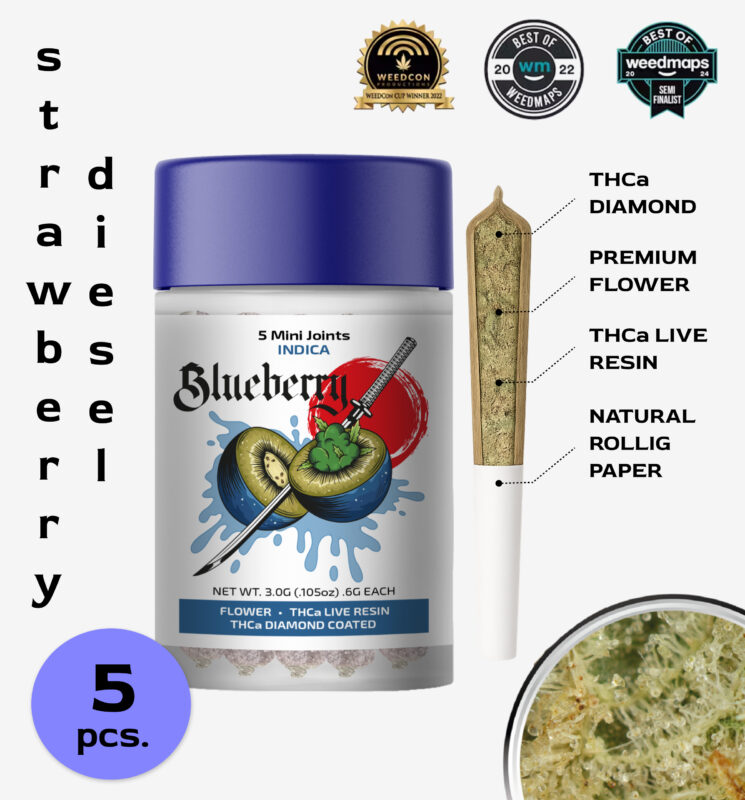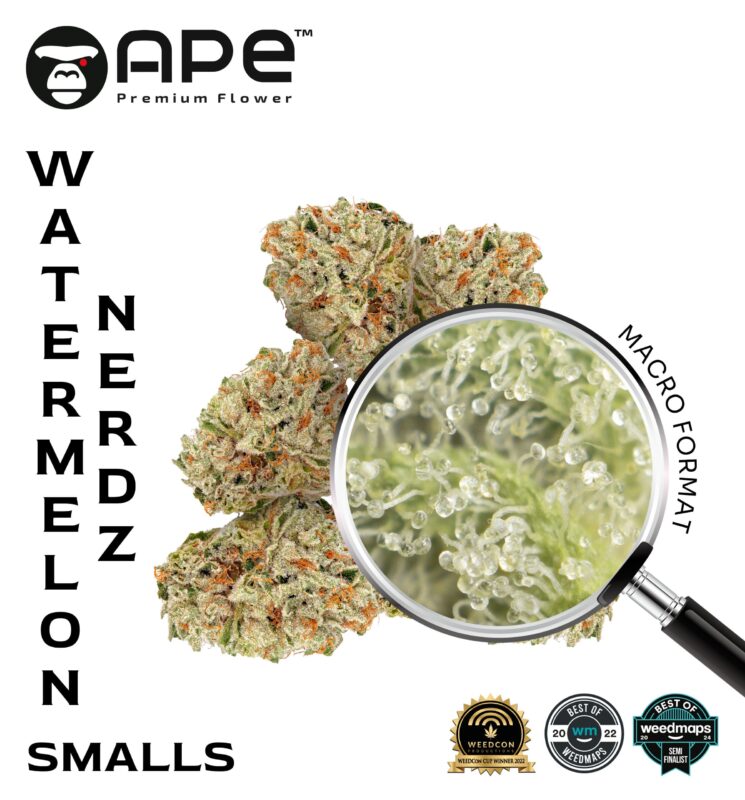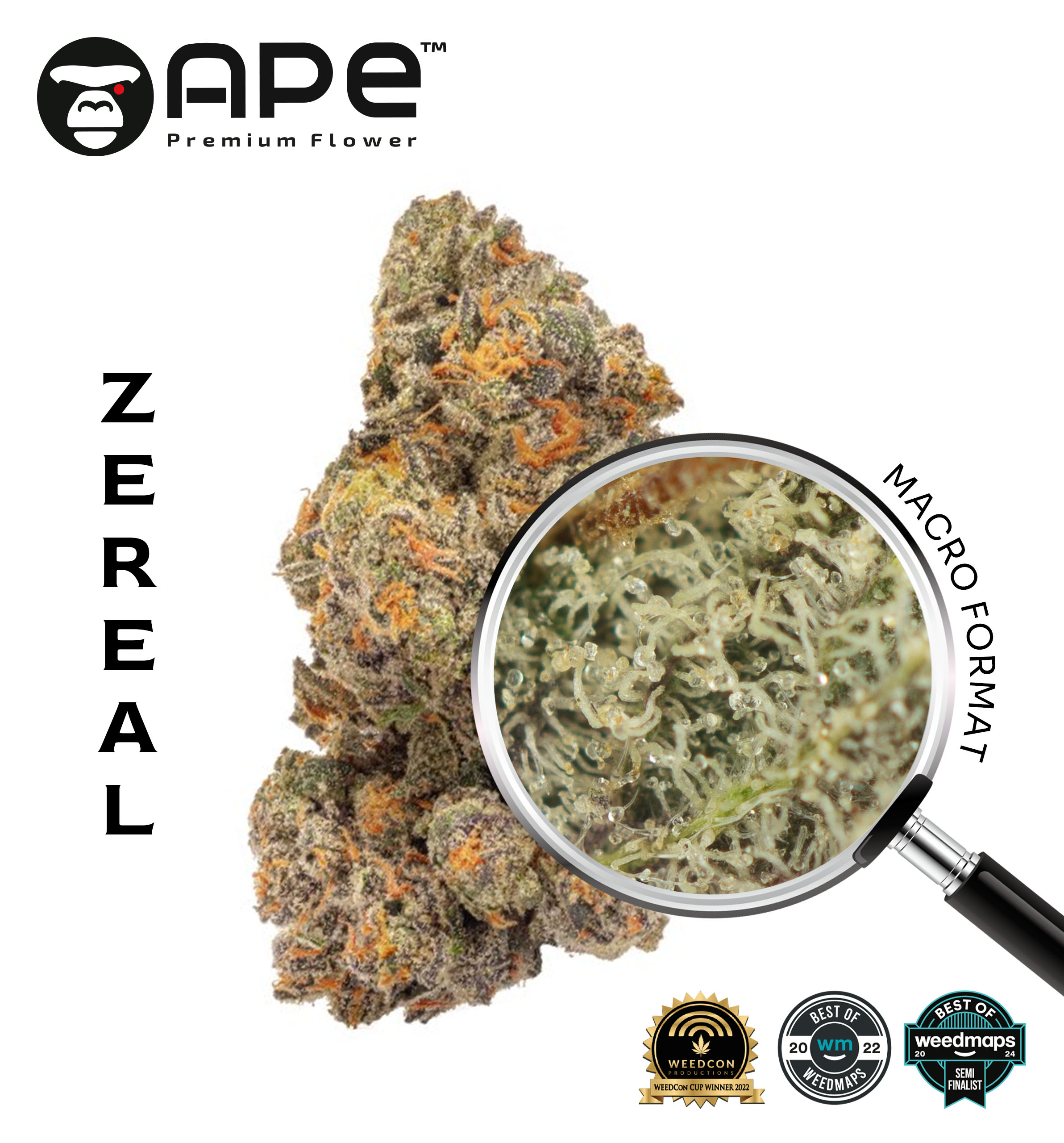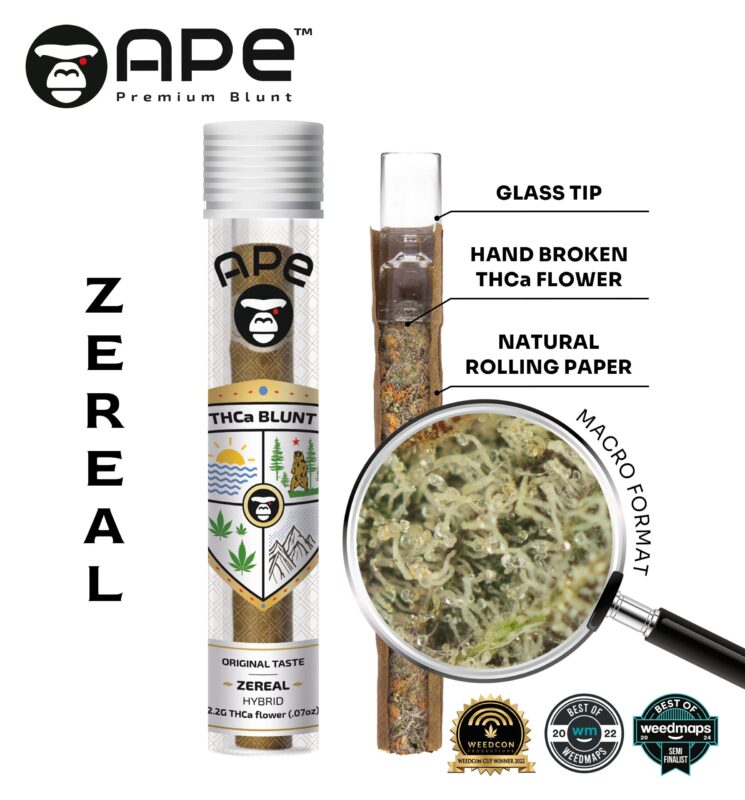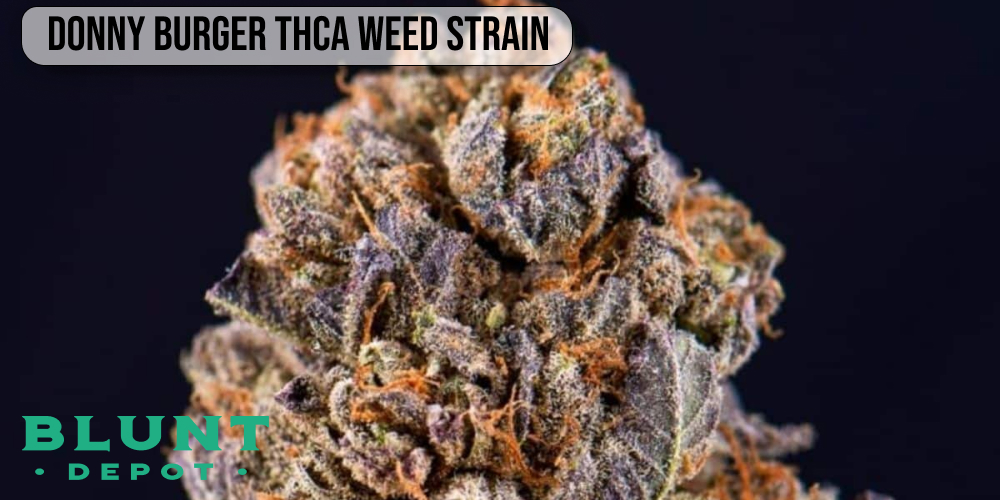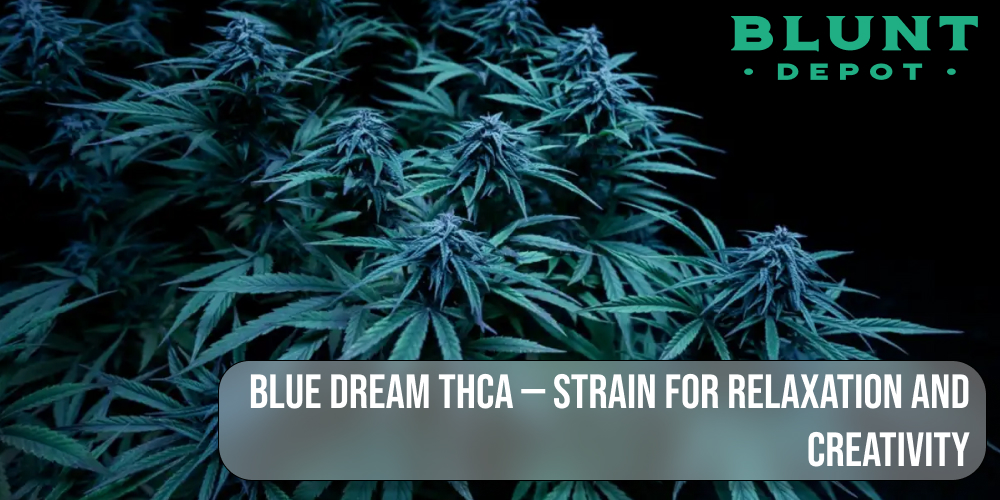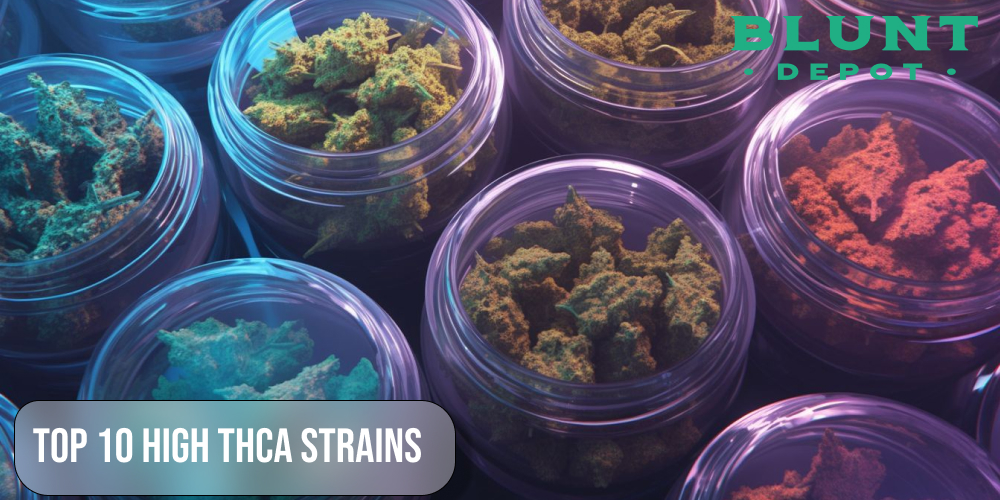Learn more about !
Reggie Weed Strain

When people talk about cannabis strains, the focus usually falls on potent hybrids, exotic names, and terpene-rich profiles. But there’s one name that lingers in the background of cannabis culture—Reggie Weed Strain. Unlike specific genetic strains, Reggie Weed Strain refers to a type of low-quality, low-THC cannabis that has long been a staple on the underground market. It dominated in areas where access to premium flower was limited, and for years, it was the only option for many users.
Despite its lack of glamour, Reggie Weed Strain carved out its own place. It’s cheap, relatively mild, and accessible. While it doesn’t promise euphoric highs or complex flavor profiles, it offers an uncomplicated experience that suits beginners or those looking for subtle effects without the intense punch of high-THC varieties.
For many, it’s a nostalgic reminder of simpler times—when cannabis was about availability, not boutique genetics. Even today, this strain survives, thanks to its affordability and no-frills experience. While the market now favors potent designer buds, Reggie Weed Strain holds its ground among budget-conscious and occasional users.
Why Reggie Weed Strain still matters:
- Ultra-affordable option for those not chasing intense effects.
- Very mild high, making it beginner-friendly.
- Historic significance in cannabis culture.

How to Spot Reggie Weed: Appearance and Aroma Breakdown
Identifying Reggie Weed Strain isn’t difficult, even for the untrained eye. Its appearance tells the story loud and clear. The buds are often loose, airy, and may contain seeds and stems. Instead of the frosty, dense nuggets seen in premium cannabis, Reggie Weed Strain tends to look dull, dry, and inconsistently trimmed—clear signs of mass outdoor cultivation without much attention to detail.
Color is another giveaway. Rather than vibrant green hues with colorful pistils, Reggie buds range from pale green to brownish, sometimes even with a grayish tint caused by poor curing or old age. The aroma also sets it apart: instead of the rich, complex scents of citrus, pine, or berries, Reggie Weed Strain smells like dried grass, hay, or even musty cardboard.
Although these traits might sound off-putting, they can actually be a benefit in some cases. The weak smell makes Reggie Weed Strain discreet—ideal for those who prefer a low-profile smoke without drawing attention. Plus, for users making edibles or cannabis oils where aroma isn’t a priority, this strain can serve a functional role.
How to recognize Reggie Weed Strain:
- Loose buds with seeds, signaling careless cultivation.
- Muted, faded colors, often from bad curing.
- Dry, grassy scent instead of rich terpene complexity.
What to Expect: Effects and THC Levels of Reggie Weed
If there’s one defining feature of the Reggie Weed Strain, it’s the low potency. This strain rarely contains more than 10% THC, and often clocks in as low as 5%. In comparison to today’s powerhouse strains that exceed 25% THC, Reggie Weed Strain feels more like a whisper than a roar. That’s not necessarily a bad thing—especially for users who are sensitive to cannabis or simply want a lighter experience.
The effects of Reggie Weed Strain are subtle. Most users report a gentle body relaxation, a slight head buzz, or an increased appetite. There’s typically no intense euphoria, no couch-lock, and no mental fog. Instead, it’s a soft, mellow high that fades quickly—ideal for daytime use or social settings where being too stoned would be a downside.
Another benefit of Reggie Weed Strain is the lack of heavy side effects. It rarely causes anxiety or paranoia, which makes it a safer option for cautious or first-time consumers. Of course, if someone is looking for therapeutic relief from chronic pain or insomnia, this strain may not be effective—but for a chill evening or a light buzz, it does the job.
The high from Reggie Weed Strain feels like:
- Mild relaxation, mostly in the body.
- No overwhelming psychoactivity, perfect for new users.
- Low risk of anxiety, making it easy to tolerate.
Why Reggie Is Called “Bad Weed” and What Its Limitations Are
So why does Reggie Weed Strain carry such a negative reputation? The answer lies not just in its weak effects, but in the way it’s produced. Typically, Reggie Weed Strain is grown outdoors in bulk, with little care for cultivation standards. Plants might be left exposed to pests, bad weather, or mold. Fertilizers are often low-grade or skipped entirely. All of this leads to underdeveloped flowers with weak cannabinoid profiles.
After harvest, things don’t get much better. Reggie is usually dried in uncontrolled environments—sometimes in direct sunlight or in poorly ventilated spaces. This compromises the flavor, potency, and appearance of the final product. Seeds and stems are rarely removed, and mold can sometimes go unnoticed, posing potential health risks.
These poor practices result in a product that doesn’t just look and smell subpar—it might also feel harsh when smoked. Users often report throat irritation, headaches, or unpleasant flavors. In a regulated dispensary setting, Reggie Weed Strain would likely fail basic quality checks. Still, on the illicit market, it continues to circulate due to its dirt-cheap price and widespread availability.
Downsides of the Reggie Weed Strain:
- Poor cultivation standards, leading to weak flower.
- Unclean final product, often with seeds or mold.
- Unpleasant smoking experience, including harshness.

Who Actually Buys Reggie Weed Today?
With the rise of dispensaries and lab-tested cannabis, it’s easy to assume the Reggie Weed Strain is obsolete. But surprisingly, there’s still a steady demand for it. Many consumers—especially those in regions where legal cannabis is hard to access—continue to buy Reggie because it’s the most affordable option. For them, it’s not about flavor, potency, or aesthetics—it’s about getting something that works, even if only mildly.
Younger or inexperienced users also sometimes gravitate toward Reggie Weed Strain because of its mild effects. It serves as a training ground of sorts, allowing them to experiment without the anxiety or overwhelming sensation that stronger strains may cause. Additionally, people who smoke casually or on rare occasions might not want to spend premium prices on top-shelf flower—especially if they only need a small effect for winding down.
There’s also a market for Reggie in communities where cannabis is shared socially, but cost matters. In these circles, Reggie Weed Strain is often rolled into blunts or joints for parties or group sessions. It’s not about getting incredibly high—it’s about enjoying the ritual of smoking without burning through your wallet.
Why some people still choose Reggie Weed Strain:
- Extremely affordable, especially for bulk purchases.
- Beginner-friendly, with low THC levels.
- Good for group smoking, where effects are less important than quantity.
Mushroom Microdosing as Part of Biohacking
Is CBG the new CBD?
Zkittlez THCA Flower 2025
How Reggie Compares to Mid and Top-Shelf Cannabis
To really understand where Reggie Weed Strain stands, it helps to compare it to other cannabis categories—namely, mids and top-shelf flower. Mids are the middle ground: better grown than Reggie, but not premium. They usually have decent trichome coverage, moderate THC content (12–18%), and some flavor. Top-shelf cannabis, meanwhile, is expertly cultivated, dense, aromatic, and potent, often reaching 20–30% THC or more.
Reggie Weed Strain falls below mids in every major category. In terms of visual appeal, it’s typically brownish or dull green with no visible trichomes. It lacks the stickiness and aroma that define better-quality flower. From a potency standpoint, it’s also at the bottom of the spectrum—often delivering a high that’s barely noticeable to seasoned users.
Flavor is another key difference. While mids might offer some mild citrus or pine notes, and top-shelf strains burst with layered terpene profiles, Reggie Weed Strain usually tastes bland or burnt. It’s not the type of weed you savor—it’s the type you tolerate. Still, for those who prioritize quantity over quality, Reggie wins in terms of cost.
How Reggie Weed Strain compares:
- Lower in THC than mids and premium buds.
- Visually unimpressive, with loose, seedy buds.
- Flavorless or harsh, especially when smoked.

Can You Use Reggie Weed in Edibles or Other Products?
Despite its flaws, Reggie Weed Strain can still be useful—especially for DIY cannabis projects like edibles or tinctures. In these cases, the lack of aroma or flavor is actually a plus, since it won’t overpower the food. The process of decarboxylation (heating cannabis to activate THC) works on all flower types, including low-potency strains like Reggie.
Of course, because Reggie Weed Strain has lower THC content, you’ll need to use more of it to achieve the desired effect. But if you’re working on a budget, and don’t mind the extra material, it can be a reasonable choice for cannabis butter, infused oils, or even topicals. It’s also a safer option for those who want to microdose or create low-dose products for casual use.
Some users even mix Reggie with stronger strains to stretch out their stash or reduce intensity. While it won’t add much in terms of flavor or potency, it can be a cost-effective filler when you’re trying to make premium weed last longer.
Best ways to use Reggie Weed Strain:
- Infusing edibles, where taste isn’t crucial.
- Making cannabis oils or tinctures in bulk.
- Blending with stronger strains to mellow out potency.
Final Thoughts: Is Reggie Weed Worth It Today?
The Reggie Weed Strain may not win any awards for quality, flavor, or potency, but it still holds a place in the world of cannabis. For budget-conscious users, beginners, or those who simply want a very light high, it offers a no-frills experience that gets the job done. As the cannabis market grows more complex—with luxury branding, designer genetics, and premium prices—Reggie remains the accessible, uncomplicated alternative.
Still, it’s important to approach Reggie Weed Strain with realistic expectations. You won’t get a terpene-rich flavor or long-lasting euphoria. But what you will get is a functional high at a fraction of the cost. For some, that’s all that matters. For others, it’s a nostalgic reminder of their early cannabis days. In either case, Reggie proves that even the “worst” weed can have a purpose.
As legalization expands and access to better weed improves, Reggie may continue to fade in popularity. But for now, it remains an option for those who just want something simple, cheap, and functional—no judgment required.
Should you consider Reggie Weed Strain?
- Yes, if you’re on a budget and need quantity over quality.
- Yes, if you’re new to cannabis and want a gentle experience.
- No, if you expect flavor, potency, or premium effects.

FAQ about the Reggie Weed Strain
OPEN
What is Reggie Weed Strain known for?
The Reggie Weed Strain is widely recognized for being low in potency, making it one of the most affordable and widely available cannabis options—especially in unregulated markets. It’s typically characterized by its dry texture, brownish appearance, and minimal trichome coverage. While it doesn’t offer a strong high, it’s known for delivering a light, functional effect that some users prefer for casual or social smoking.
Is Reggie Weed Strain considered good quality?
By modern cannabis standards, the Reggie Weed Strain is considered low-quality. It usually contains seeds, stems, and less-developed buds. The flavor profile is often bland or harsh, and the THC levels are minimal compared to mid-grade or premium cannabis. However, for users who prioritize affordability or want to avoid overwhelming psychoactive effects, it can still serve a purpose.
Can you get high from smoking Reggie Weed Strain?
Yes, but the high is generally very mild. The Reggie Weed Strain contains much less THC than other strains, which means the effects are subtle and short-lived—especially for regular cannabis users. Beginners, however, may still feel a light head buzz or sense of relaxation from it, particularly when consumed in larger amounts.
Is Reggie Weed Strain safe to use?
The Reggie Weed Strain is generally safe to use, assuming it hasn’t been contaminated with pesticides, mold, or other harmful substances. Since much of the Reggie on the market is grown without proper regulation, there’s a higher risk of poor cultivation practices. It’s always best to source cannabis from trusted suppliers, even if it’s budget-grade weed.
Can you use Reggie Weed Strain for edibles?
Absolutely. The Reggie Weed Strain can be used in edibles, tinctures, and infusions, though it will require a larger quantity to achieve the desired effects due to its low THC content. Its weak flavor profile is actually beneficial for cooking, as it won’t overpower your recipes. Many people use it for DIY cannabis butter or oils when working with a tight budget.

